Nano Energy: MXene/PDMS friction nano generator flexible electrode
QQ Academic Group: 1092348845
Detailed
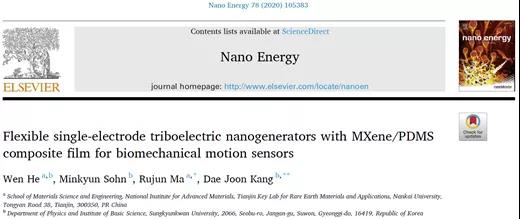

In the past few decades, the demand for wearable electronic products has continuously increased and expanded. At present, lightweight, flexible, wearable, waterproof, durable, and comfortable wearable devices are widely used in the fields of mobile electronics, biosensors, and health monitoring. Committed to developing corresponding power sources with considerable flexibility and durability (for example, wearable lithium batteries, super capacitors). However, the current power supply usually requires frequent charging or replacement after use, which greatly limits its potential practical applications. It is necessary to develop a new energy harvesting technology to solve this obstacle and provide a sustainable source of energy for wearable electronic products.

Recently, Professor Dae Joon Kang of Sungkyunkwan University published a research paper titled Flexible single-electrode triboelectric nanogenerators with MXene/PDMS composite film for biomechanical motion sensors in the internationally renowned academic journal Nano Energy. Develop flexible, durable and washable single-electrode friction nanogenerators (STENGs) with high output performance. In this work, a PDMS/MXene composite film with higher output power was demonstrated for the first time. It has excellent durability under extreme deformation (folding and rolling), and waterproof performance after washing. In order to verify the practicality of flexible STENGs in converting external mechanical energy generated by human activities into electrical energy, a manual hammering test was carried out. The flexible STENG (2×4 square centimeters) does not require additional energy storage equipment, and directly supplies power to 80 commercial green light-emitting diodes (leds) through continuous hand hammering motion. In further practical applications, the device is installed on human fingers and legs as a human motion sensor to detect finger tapping, clapping and hammering. This innovative design provides an attractive concept for various wearable electronic devices and flexible self-powered systems.

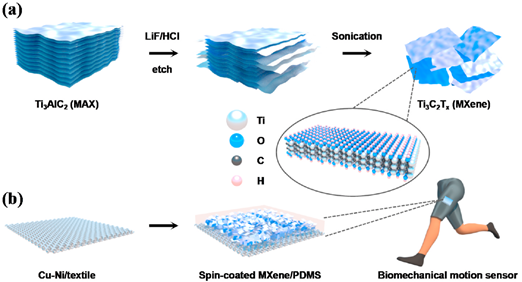
Figure 1. MXene material preparation and sensor assembly.
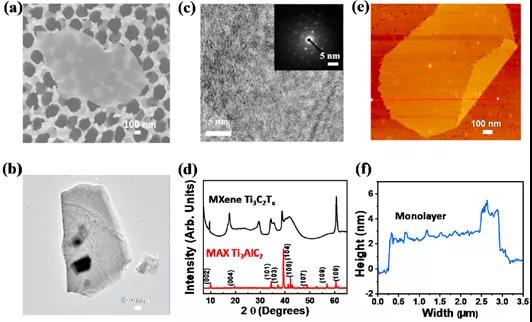
Figure 2. Physical characterization analysis of materials.
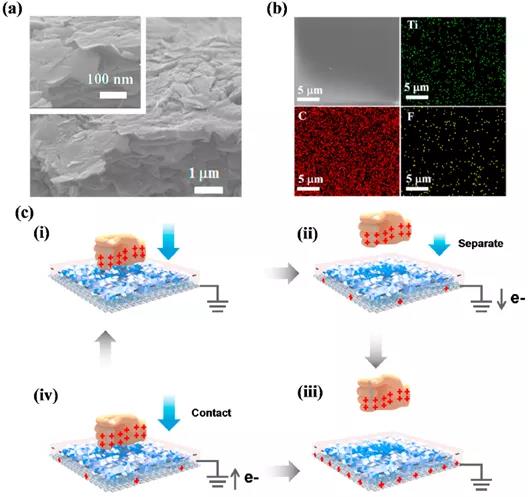
Figure 3. Material structure and sensing principle analysis.
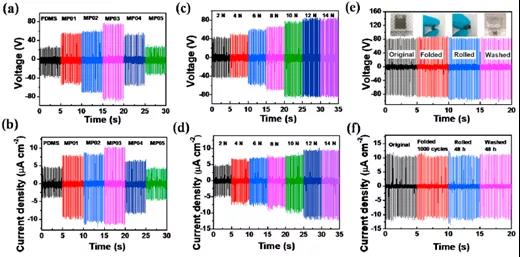
Figure 4. Characterization of sensor sensing performance.

Figure 5. Light up the LED test.
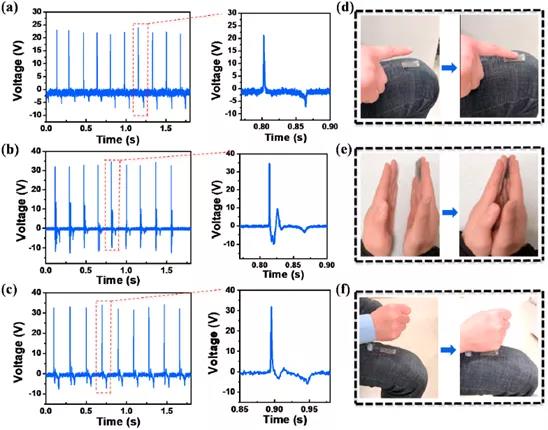
Figure 6. Human activity monitoring.

This paper proposes a wearable flexible STENG composed of MXene/PDMS composite film and Cu-Ni/textile substrate. When pig skin is used to simulate human skin, the maximum output of a flexible STENG with an area of 1×1 cm2 can be obtained through periodic compression under a force of 12 N (Vpp-oc up to 170V, Ipp-sc up to 20μA cm- 2). In practical applications, under the action of a continuous human hammer, the Vpp-oc and Ipp-sc of the flexible STENG (2×4 cm2) reach 225V and 30μA cm-2, respectively. Such a high output power illuminates 80 LED lights without using additional energy storage devices. When the STENG is artificially compressed periodically, the voltage of the commercial capacitor rises rapidly (about 0.23 V/min). In addition, the device is used as a biomechanical sensor to detect human movement (finger tapping, clapping, and hand tapping), showing its application potential in wearable self-powered sensing systems.
Literature link:
https://doi.org/10.1016/j.nanoen.2020.105383.
Information source: MXene Frontie
This information is from the Internet for academic exchanges. If there is any infringement, please contact us and delete it immediately
- Previous: AFM: Polysiloxane cros
- Next: IF 26.8! Permeation ca


 mxene academic
mxene academic
